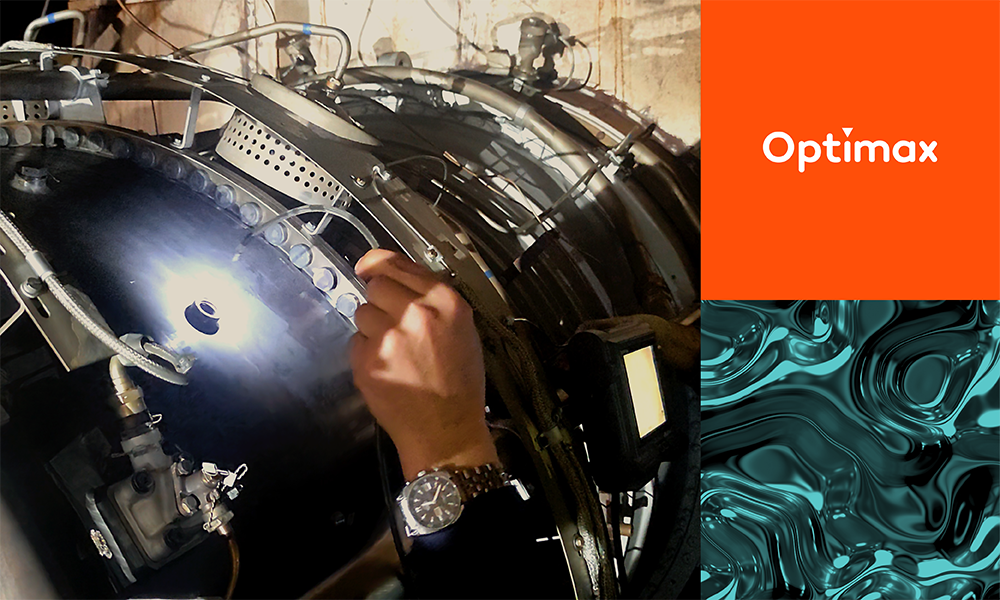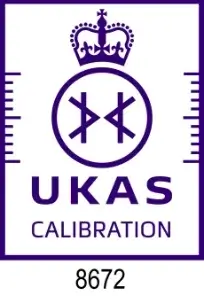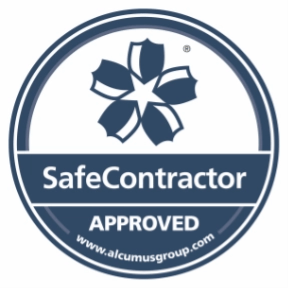What is preventative maintenance?
Preventative maintenance and inspection ensure that systems, engines and other complex machinery are regularly checked to avoid failures in the future by identifying wear and tear in the mechanical structure of the product being inspected.
Using borescopes for preventative maintenance
Video borescopes are essential tools in preventive maintenance for several compelling reasons. Firstly, a borescope/videoscope is a Non-Destructive Inspection (NDI) method preserving the integrity preventing potential issues that could arise from reassembly errors or further damage during the process. Secondly, they Avoid Disassembly of equipment: The primary benefit of a video borescope is its ability to inspect the internal components of machinery, engines, pipes, and structures without requiring costly and time-consuming disassembly allowing technicians to inspect internal components in situ. This capability is crucial for identifying potential issues in areas that are otherwise inaccessible.
With their high-resolution imaging, video borescopes enable the early detection of wear, corrosion, cracks, surface damage or other defects. Identification of these issues before they become severe can prevent unexpected breakdowns. This proactive approach minimises downtime and reduces the need for extended shutdowns by addressing potential problems early. Video borescopes contribute to maintaining equipment performance levels and extending its operational lifespan, leading to long-term cost savings.
Additionally, video borescopes provide comprehensive documentation by recording and capturing images of inspections. This documentation is valuable for maintenance records, helping track the condition of equipment over time and informing future maintenance decisions. Visuals offered by video borescopes also improve diagnostic accuracy, enabling more precise identification of issues and allowing for targeted repairs rather than broad, more invasive interventions.
Safety is also enhanced using video borescopes. They allow for remote inspection of dangerous or hazardous environments, minimising the risk to maintenance personnel. In terms of cost-effectiveness, early detection and correction of issues help avoid costly repairs or replacements.
In many industries, such as aviation, Regulatory Compliance requires periodic internal inspections are mandated. Video borescopes help ensure compliance with these safety standards.
How are video borescopes used across precision industries?
Video borescopes are used across many industries to aid in inspection processes. Their versatility makes them suitable for inspecting tiny access areas through to large turbine blades. Choosing the right borescope can be difficult as there are so many different options available including rigid and flexible, varying diameters and lengths, articulation options and more. Understanding exactly what you need the borescope for can help to determine the best option for you.
Aerospace: In the aerospace industry, video borescopes are essential for inspecting the internal components of aircraft engines, turbines and airframes. Safety is paramount and ensuring all components are inspected during manufacture as well as regularly once in use can avoid problematic breakdowns.
Automotive: In the automotive sector, video borescopes are used to examine engines, transmissions and other internal vehicle components during manufacture and once on the road. During manufacture, borescopes help to improve the quality of parts to meet the brand’s requirements, while once in motion, vehicles need to be inspected regularly to avoid breakdowns and expensive repairs.
Manufacturing: Manufacturers use video borescopes for quality control and maintenance of machinery and equipment heling to avoid production downtime at a time when output is crucial. Unexpected downtime can cost companies thousands so investing in preventive maintenance is essential.
Oil and Gas: In the oil and gas industry, video borescopes are employed to inspect pipelines, refineries, and drilling equipment for corrosion, cracks, and blockages. Finding issues before they become major problems can reduce the chance of costly repairs while also improve safety in a hazardous industry.
Power Generation: Power plants, particularly those involving turbines and boilers, benefit from video borescopes for regular inspections to identify wear, cracks, and other defects that may occur over long periods of time.
Construction: The construction industry uses video borescopes for inspecting structural elements, plumbing, and HVAC systems. Avoiding unnecessary leaks, heating breakdowns, aircon failures or finding early signs of structural damage is essential for the construction of solid and safe buildings.
Marine: In the marine industry, video borescopes are utilised to inspect ship engines, hulls, and other critical components that can help reduce the risk of engine failures and other significant problems that you’d wish to avoid while out on the open ocean.
Medical: In the medical field, video borescopes are adapted for endoscopic procedures, allowing doctors to visualise internal organs and structures with minimal invasiveness. However, industrial borescopes are also used during the manufacture of critical medical devices to ensure their safety for use in medical environments.
Incorporating video borescopes into a preventive maintenance program ensures that equipment remains in optimal condition, reducing the likelihood of unexpected failures and maintaining operational efficiency. View our full range of borescopes available to order or contact us to book a demonstration in our UK metrology laboratory in Market Harborough.











